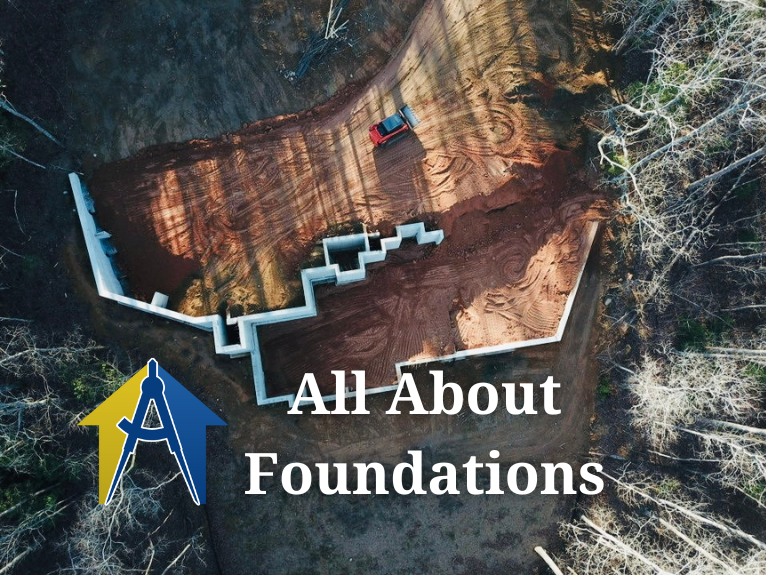Erosion
Building Resilience: How Homes Can Combat Erosion and Heavy Rain
Extreme weather events like heavy rainstorms can pose significant challenges for homeowners and communities, leading to erosion and property damage. However, there are proactive measures we can take to mitigate erosion and build homes that can withstand the forces of nature. In this blog post, we’ll explore erosion control techniques and how homes can be designed and built to resist erosion and heavy rain. At Precision Homes, we abide by high standards of quality and control, especially when it comes to protecting our homes’ foundations from Georgia’s heavy rains.
Understanding Erosion:
Erosion occurs when soil is displaced by the force of water, wind, or other natural elements. Heavy rain can exacerbate erosion by washing away topsoil, destabilizing slopes, and compromising the integrity of structures built on or near erodible terrain. Erosion not only damages property but also contributes to sedimentation in waterways, affecting water quality and aquatic ecosystems.
Erosion Control Techniques:
Implementing erosion control measures is essential for preserving soil and protecting homes from erosion-related damage. Here are some effective techniques:
Vegetative Cover: Planting grass, shrubs, and trees helps anchor soil in place with their root systems. Vegetation also absorbs rainwater, reducing runoff and slowing erosion.
Retaining Walls: Constructing retaining walls using materials like concrete, stone, or timber can prevent soil from washing away on sloped terrain. Retaining walls provide structural support and help redistribute pressure from water and soil.
Terracing: Terracing involves creating level platforms on steep slopes to reduce the speed of runoff and minimize soil erosion. Terraces can be constructed using retaining walls or earth-moving techniques.
Erosion Control Blankets: Erosion control blankets, also known as erosion control mats or geotextiles, are installed on bare soil surfaces to protect against erosion. These blankets stabilize soil, promote vegetation growth, and facilitate water infiltration.
Rain Gardens: Rain gardens are landscaped depressions designed to capture and absorb rainwater runoff from roofs, driveways, and other impermeable surfaces. They help prevent erosion by slowing the flow of water and allowing it to percolate into the ground.
Designing Homes for Resilience:
Incorporating erosion control principles into home design and construction is crucial for building resilient structures. Here are some strategies for designing erosion-resistant homes:
Site Selection: Choose building sites on stable ground away from erosion-prone areas such as steep slopes, floodplains, and unstable soils. Conducting a thorough site assessment can help identify potential erosion hazards.
Proper Grading: Grade the land around the home to direct surface runoff away from the foundation and towards vegetated areas or drainage systems. Slope the ground away from the building to prevent water from pooling near the structure.
Foundation Protection: Install proper drainage systems, such as French drains or swales, around the foundation to divert water away from the home and prevent moisture buildup. Consider using waterproofing membranes and coatings to protect the foundation from water infiltration.
Durable Materials: Use erosion-resistant building materials for exterior surfaces, such as stone, brick, or fiber cement siding, which can withstand the effects of wind, rain, and soil erosion better than wood or vinyl.
Green Infrastructure: Integrate green infrastructure features like rain gardens, permeable pavement, and vegetated swales into the home’s landscape design to manage stormwater and reduce erosion risk.
As we strive to build homes that are resilient to erosion and heavy rain, implementing erosion control measures and designing with durability in mind are essential steps. By protecting our properties and preserving natural resources, we can create safer and more sustainable communities for generations to come.




